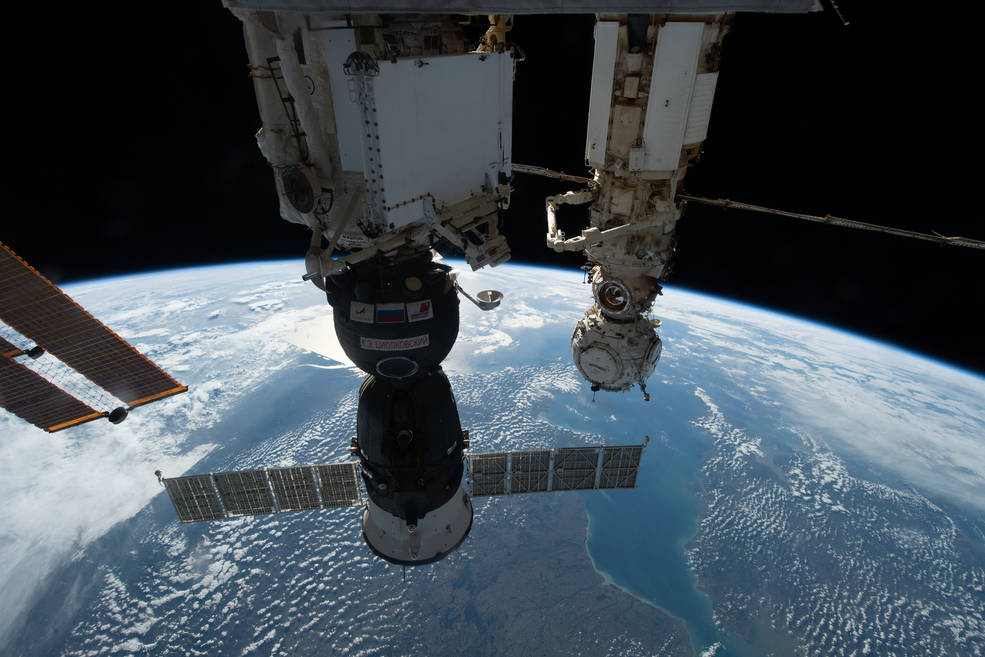
Over the weekend, an uncrewed Soyuz spacecraft arrived at the ISS to take the spot of MS-22, which sprang a leak last December. MS-23 will be the return spacecraft for two Russian cosmonauts and one NASA astronaut in the fall.
What is going on with the Russian spacecrafts?
If you’ve been following the news from the Russian side of the International Space Station, you’ll know that they have had a few issues with their spacecraft lately. First, Soyuz MS-22 sprang a leak in its cooling system in December. After an investigation, it said by Roscosmos that the cause was due to a micro-meteor strike. As a result, the spacecraft could no longer serve as a lifeboat for its crew in case of an emergency.
Because of this, Roscosmos delayed the crew launch of MS-23, and once the problem was solved, they would launch it to serve as MS-22’s replacement. However, between the last week and December, Russia launched a Progress cargo ship to the station; it, too, had a leak in its cooling system. It is still not fully known what caused Progress MS-21’s coolest leak and if it is related to Soyuz MS-22.
For now, MS-22 will undock from the station and deorbit itself without any crew on board and attempt to land back on land in Kazakhstan like normal.
Delay turns six months stay into a year
Something the three MS-22 crew members are probably not complaining about is the ability to stay another six months in orbit. The timing of MS-22’s leak lined up with MS-23 finishing up being available to launch since it was going to launch in the spring anyways to relieve MS-22. This meant the crew initially planned to launch on MS-23 and will now fly on MS-24, which is a simple fix.
This means that Russian cosmonauts Sergey Prokopyev, Dmitry Petelin, and NASA astronaut Frank Rubio will do something very few astronauts have done before: stay one year in space. These super long-duration missions have happened in the past and are usually done to study the longer-term effects of microgravity on the human body.
So if humanity will spend more extended amounts of time on the Moon or Mars, these year stays in low Earth orbit are essential, and it looks like NASA just got one without the complex planning.
FTC: We use income earning auto affiliate links. More.



Comments